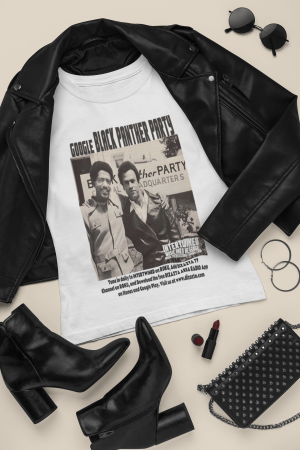INTERTWINED
T-SHIRT COLLECTION
Collect all the t-shirts from the historic show INTERTWINED. Be apart of the MOVEMENT that is changing the face of history.
© 1998- Present Dizazta Area Music all rights reserved
BLACK PANTHER PARTY
Black Panther Party
Black Panther Party
Black Panther Party
Black Panther Party
Black Panther Party
Black Panther Party
Black Panther Party
Black Panther Party
Black Panther Party
Black Panther Party
Black Panther Party
Black Panther Party
Black Panther Party
Black Panther Party
Black Panther Party
Black Panther Party
Black Panther Party
Black Panther Party
Black Panther Party
Black Panther Party
Black Panther Party
Black Panther Party
Black Panther Party
Black Panther Party
Black Panther Party
Black Panther Party
Black Panther Party
Black Panther Party
Black Panther Party
Black Panther Party









































































